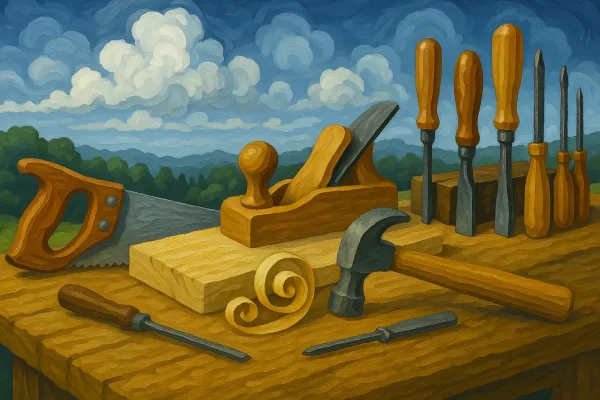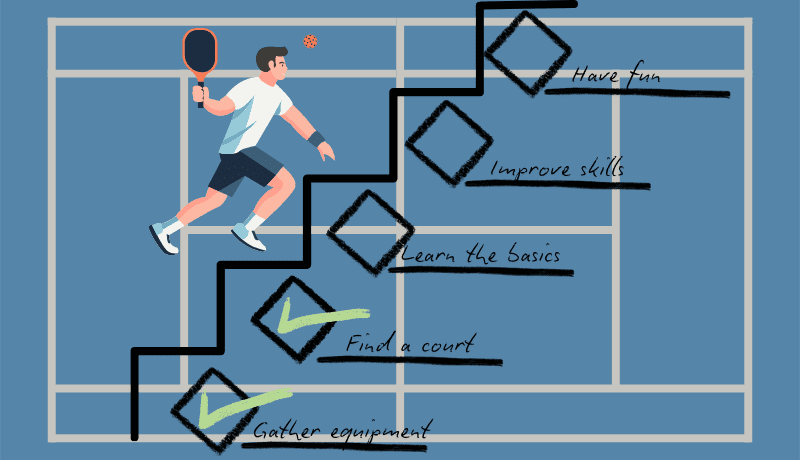So Real List: Essential Tools of Mechanic
Tool stores are packed with so many options. But what should a beginner mechanic choose? Let’s seek advice from an experienced professional.
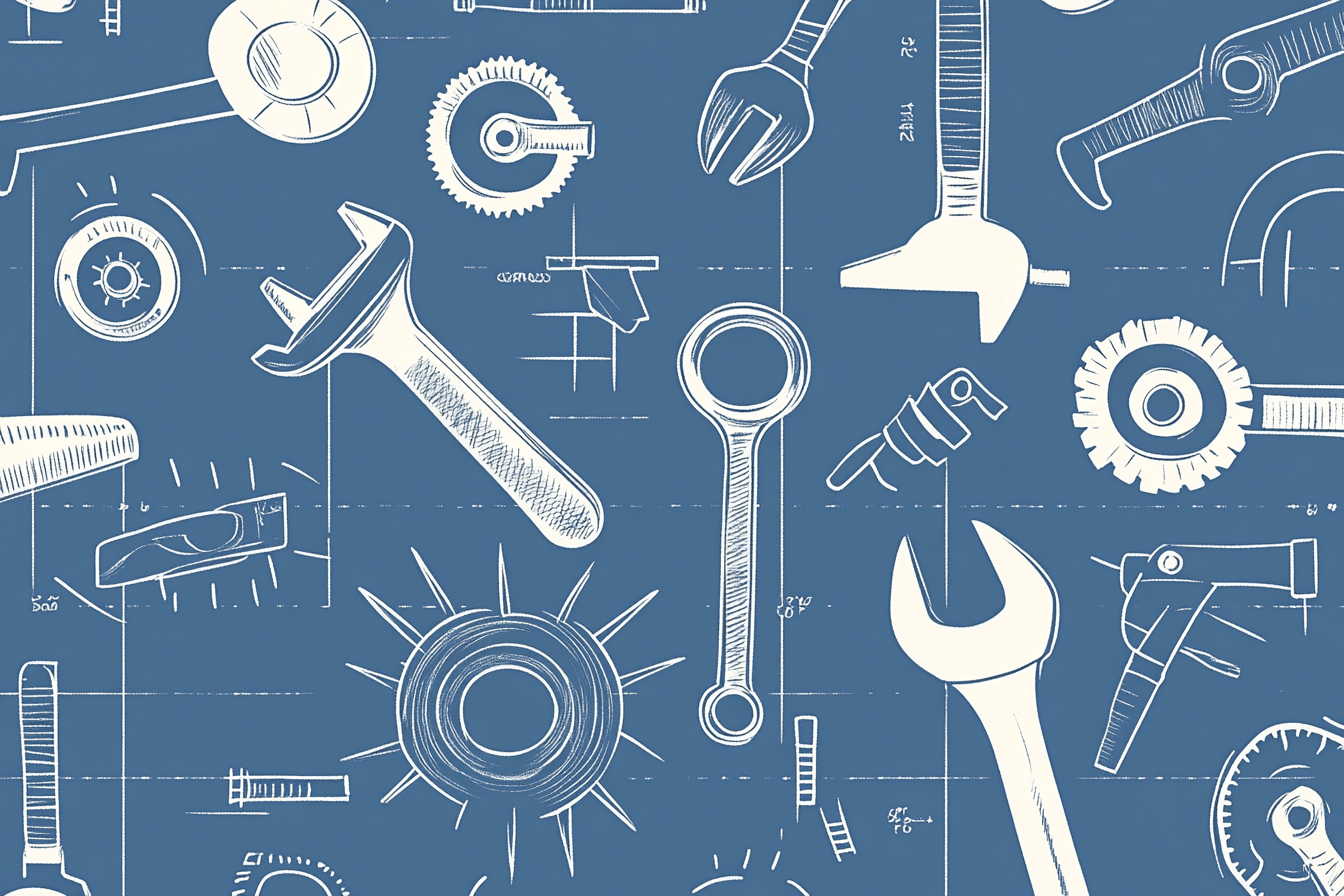
Guest Blogger in “So List”
In recent weeks, the “So List” blog, has been in conversation with bloggers worldwide, uncovering useful lists and stories of people who use them. Writers from all corners of the globe explore topics I could never imagine. As long as they use lists, we’re aligned in our methods.
Today’s list comes from Michael Olsen, a professional mechanic. He runs the blog “Level Up Mechanic”, aimed at providing high-quality information to both new and seasoned mechanics, technicians, engineers, and managers.
The first article, “Basic tools for those breaking into the industry” is quite an interesting one for the “So List” blog. Essentially, it’s a list of tools every mechanic needs, regardless of their specialty.
Let’s examine this essential toolkit in detail.
The Essential Tools for a Mechanic
- Screwdrivers.
- Wrenches.
- Hammers.
- Pliers.
- Wire strippers.
- Measuring tools.
- Power tools.
These tools are crucial for construction and repair tasks alike, whether you are a general mechanic or an automotive technician. Let’s look at each tool in greater detail.
Screwdrivers
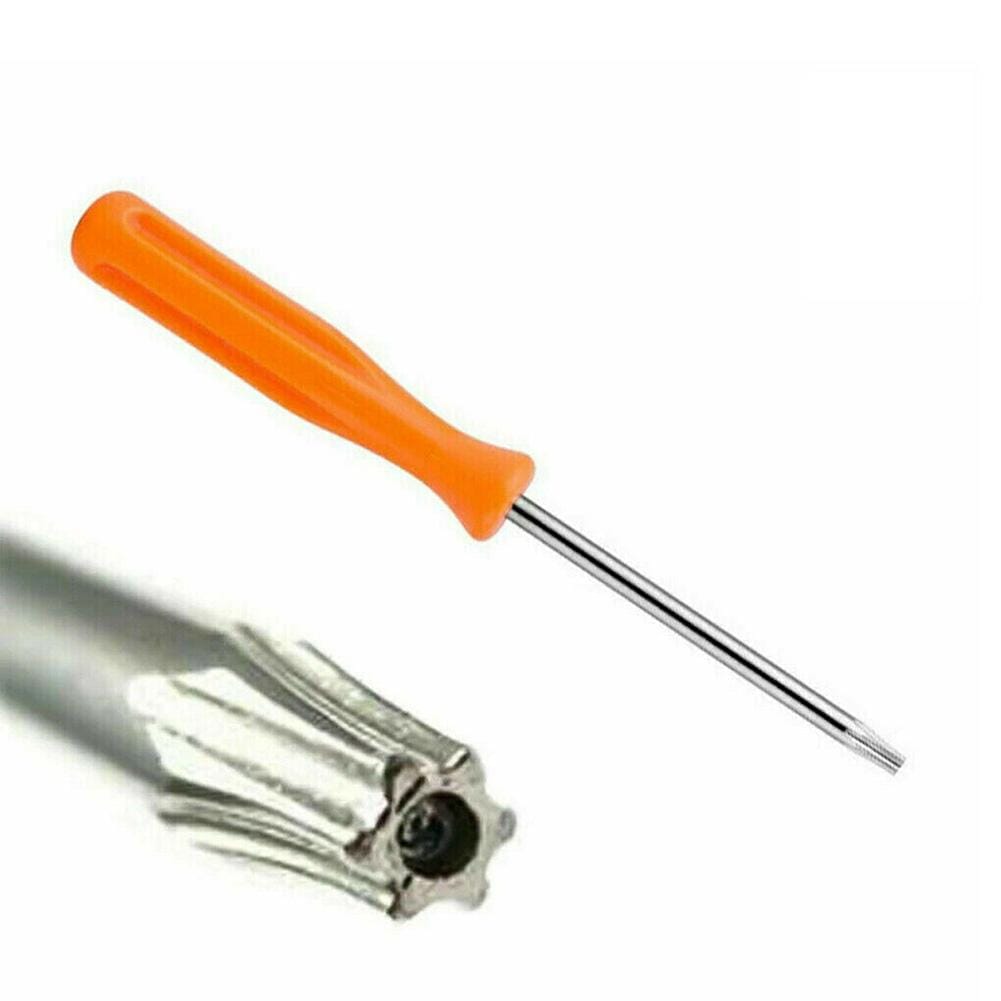
Michael suggests buying slotted (flathead), Phillips, and Torx screwdrivers.
To start, you can buy a multi-bit screwdriver. While not without drawbacks, it’s suitable for basic situations. As your financial resources grow, and you take on increasingly complex tasks, consider investing in a full professional set.
Having a variety of these in different sizes will enable you to open most things that are screw driven and adjust most sensors, valves, springs amount other equipment.
I encountered Torx screwdrivers for the first time while preparing this article, and don’t have them in my screwdriver set. It’s great to learn the new right tools to consider!
Wrenches
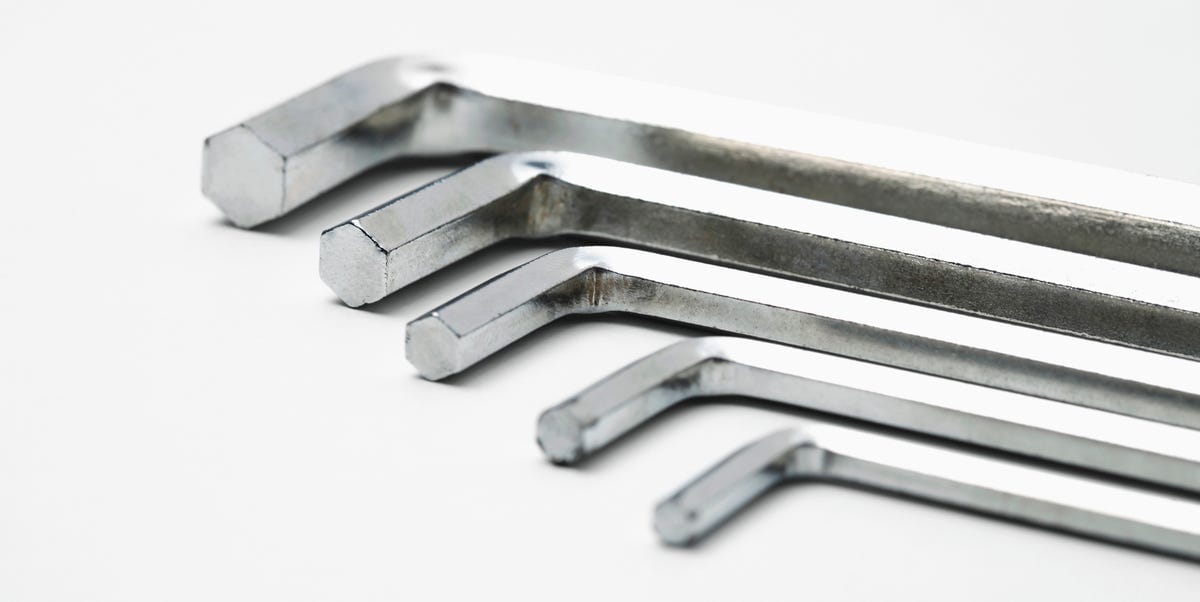
Michael prioritizes standard SAE, Metric, Adjustable, Socket, and Hex/Allen wrenches.
An ideal choice per Micheal's words is a combination wrench with one end being ring-shaped and the other open.
Adjustable wrenches can be handy, but they require caution:
A loose fitting wrench can round a nut or bolt head, making it tough for a new mechanic to free the fastener.
Starting with two adjustable wrenches is a practical approach until you can afford a complete set. Incidentally, online tutorials demonstrate innovative methods for pairing two wrenches to increase efficiency, often employing basic leverage principles. I don’t know if Michael finds them suitable for working with nuts and bolts, but they certainly give some inspiration.
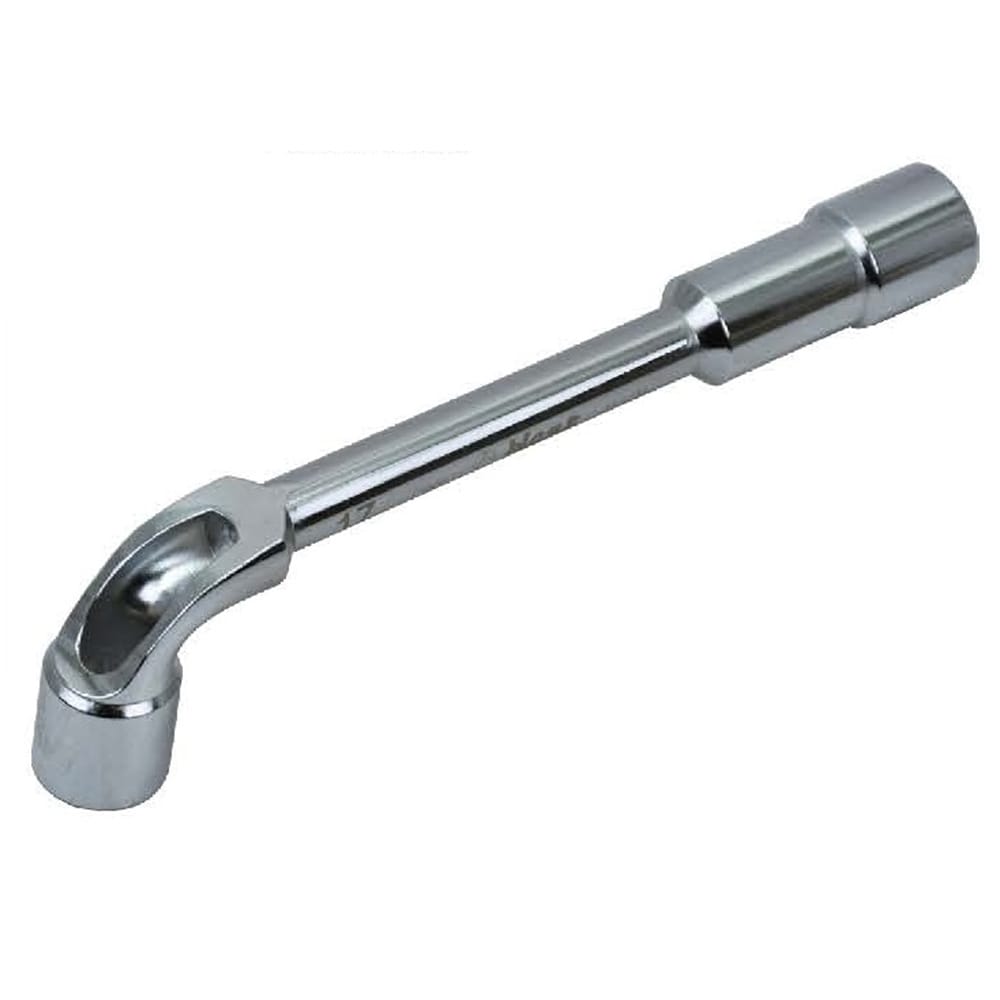
A quality socket set can last a lifetime. You might even pass it down to your grandchildren after your career ends. That said, investing in a good set can be expensive, so consider postponing this purchase. Most shops will have a few sets, or may even assign one to you, as Michael writes. So not all tools have to be your own tools. At least at the start.
Here is what Michael writes about the Allen/Hex wrenches:
Allen wrenches, also known as hex wrenches come in metric and SAE. You will need both. Dog bones are the type that pop out of a single handle similar to a Swiss army knife, they are useful but limited use. A set of individuals would suit you better in the long run. T-handle are also available, and almost mandatory to use on shafts or a seized set screw. Save that investment for later. The shop likely has a set.
One could come up with some exotic wrench set, possibly including the oil filter wrench, but this is quite unnecessary at the start.
Hammers
A hammer is a good tool for “persuading” machine parts and other metal components.
Hammers come in many types, including claw hammers, ball peen hammers, and dead-blow hammers. The latter is particularly useful in space, where hammering can propel an astronaut away from the task. There are also multifunctional hammers with attachments like rubber heads for use as a mallet.
In most cases, a claw hammer suffices. It works as both an impact tool and a prying tool.
Ball peen hammers, heavier and designed for more forceful impacts, are ideal for shaping metal.
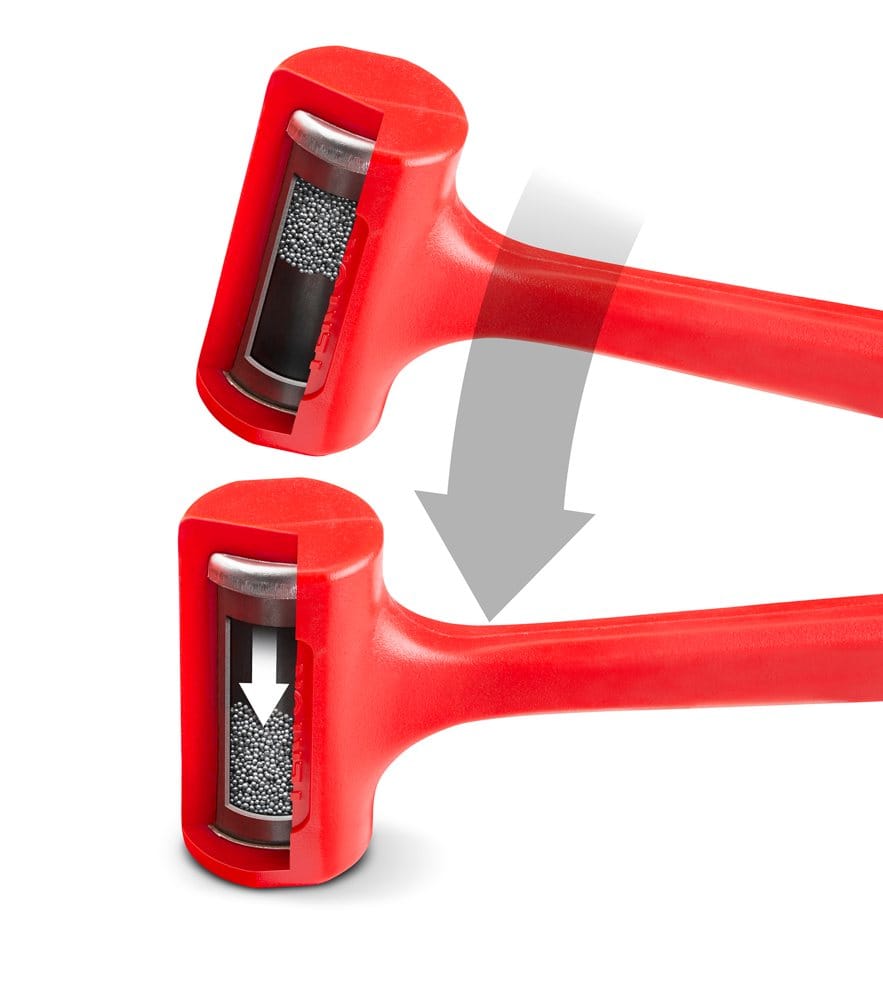
Dead-blow hammers are usually made of rubber or plastic with metal pellets inside. Their advantage is the ability to deliver powerful impacts without damaging the surface. Plus, as noted earlier, they ensure safety during space operations, where even wrist-mounted checklists are in use.
Here are Michael’s words about multihead mallets:
Multihead mallets like the name suggests have a number of different heads that can be swapped out. Usually various hardness plastics which each work better on slightly different materials.
Pliers
When starting out, it’s recommended to acquire three types: tongue and groove pliers, needle-nose pliers, and side cutters.
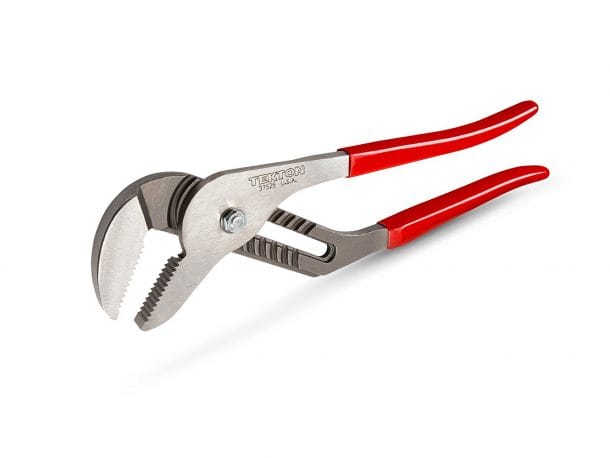
A pair of tongue-and-groove pliers in small and medium sizes proves versatile tools in most situations. They securely grip materials, adjust to object size within the jaw’s range, can replace many specialized plumbing tools, and are excellent for loosening stuck components.
I, the author of the “So List” blog, one tried to screw off the ancient and rusty pipe piece with locking pliers. I polished it to the shiny condition with no result. Don’t repeat my mistakes.
Needle-nose pliers are perfect for working with small objects in tight spaces, retrieving items dropped at awkward angles, or bending metal with precision. Especially useful for an automotive mechanic. Every time I think of accidentally dropping the cap of an antifreeze reservoir, I am scared.
Read Michael’s words about side cutters:
Side cutters, as their name implies are for cutting. Great for snipping cables and wires. Depending on the size you have, you will be surprised how thick of material they can truly chew through.
The named three pliers types are must-haves. Specialized tools like nippers, snub nose can wait, as the aforementioned models are versatile for any workspace.
Wire Strippers
Michael doesn’t offer additional subdivision, but comes up with simple, but useful advice: consider the wire sizes you’ll encounter before buying.
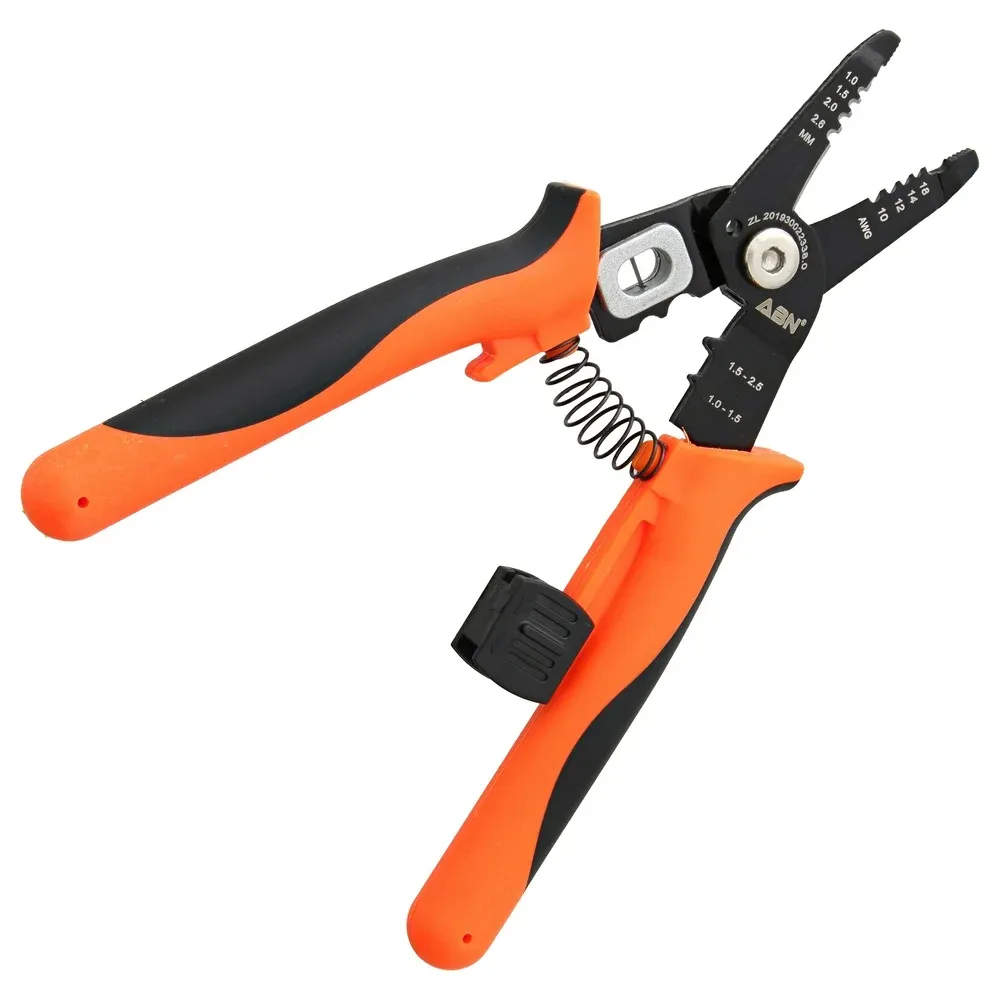
He adds:
From experience the strippers I used when running wires for dwellings, were similar to the pliers I used on machine power circuits, but vastly different in size from what I used for sensor and data wires.
That said, I do not typically recommend automatic wire strippers as they are bulking and awkward to carry around. The big exception to this, is someone who is doing a large amount of cabling for machines or prefabbing in large numbers. The reason being is in those situations, you'll likely be in a single spot working on a single wire size and length and each piece can be quickly cut and terminated as without much thought. Typically in the field, it's never that cut and dry.
Measuring and Diagnostic Tools
The first diagnostic equipment on the list!
A 25-foot tape measure is a fairly long-term investment:
Whatever brand you get, just make sure you can read it properly. Some have all the fractions written out on them, others only have whole numbers with the smaller fractions represented with different sized lines between digits.
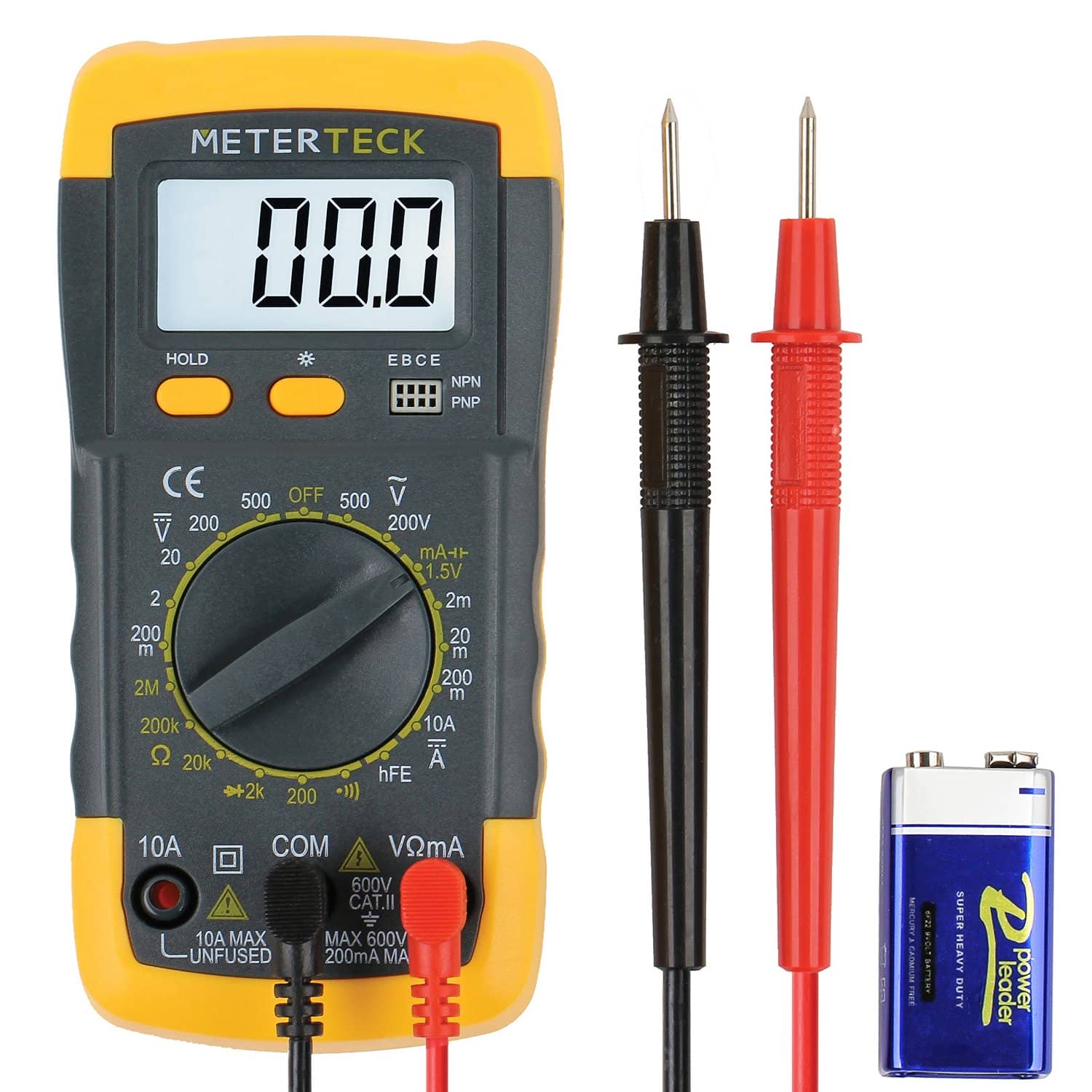
How do you measure electricity? For most beginners, a single multimeter suffices. This tool combines an ohmmeter, voltmeter, ammeter, capacitance meter, and continuity tester. The good one of the diagnostic tools to choose from.
A clamp meter is the best choice for most situations. If your budget is tight, start with an affordable model with maximum functionality. When you have more budget, consider investing in high-quality tools for better accuracy and reliability.
Power Tool
A set of power tools that includes a drill and screwdriver will be invaluable, though it’s not recommended as an initial purchase. Most shops already have several such sets, and a high-quality drill may cost more than all the tool box you might have gathered to this step.
If you decide to buy one, decide a brand you like and stick with it. Most reputable brands offer comparable quality, but their batteries differ. Over time, battery, and charger costs can add up.
Alternatively, some tools are corded, eliminating the need for chargers.
And That’s Not the Whole Toolkit of Mechanic Tools
While this list and descriptions are extensive, they represent just a fraction of what you might need. Even in Michael’s English article, additional tools are mentioned. Please navigate to there and continue reading the “Other tools” part.
A big thank-you to today’s guest blogger for this glimpse into the professional mechanic’s world. Consider bookmarking his “Level Up Mechanic” blog for much more in-depth articles on the mechanics.
Was this guide helpful for choosing your first tools for starting tasks? Don’t forget to subscribe to “So List” blog for more organization and productivity ideas.
List of Links
[1] Image from “Buy Screwdriver for DC41 and DC50, etc. for Dyson | Joom” on Joom.
[2] Image from “How to Use an Allen Wrench | Allen Wrench Pro Tips” on Popular Mechanics.
[3] Image from “Socket Wrench Socket” on Animalia Life.
[4] Image from “TEKTON 16 oz. Dead Blow Hammer | 30703” on Amazon.
[5] Image from “10 Best Tongue And Groove Pliers” on Wonderful Engineering.
[6] Image from “ABN Multipurpose Crimping Tool 7in Electrical Wire Stripper Cutters for 10-18AWG” on Walmart.
[7] Image from “10 Best Digital Multimeters” on Wonderful Engineering.
